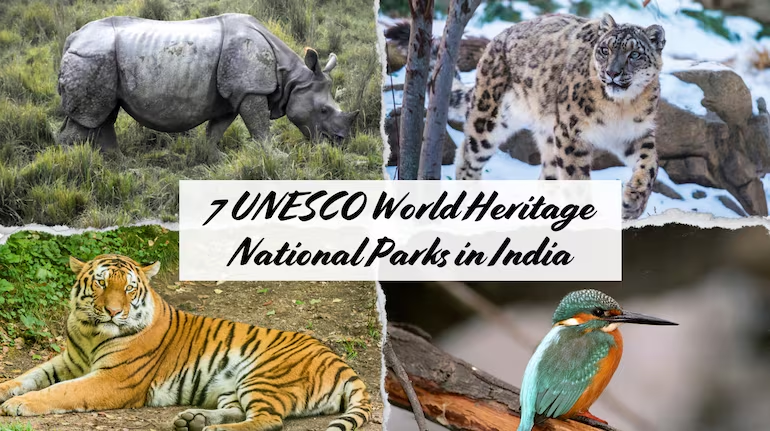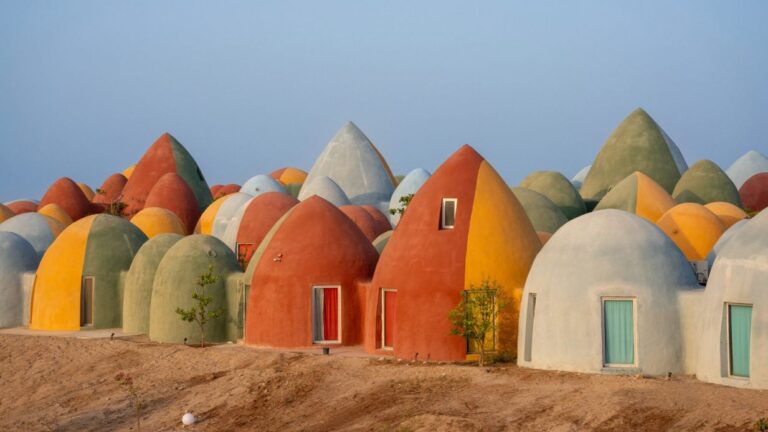New Delhi — India’s story is not only told through its palaces and temples but also through its wilderness. Seven of its national parks have earned the coveted UNESCO World Heritage Site designation, placing them among the world’s most treasured natural sanctuaries.
These include:
- Great Himalayan National Park (Himachal Pradesh) – alpine meadows, snow leopards, and Himalayan brown bears.
- Kaziranga National Park (Assam) – iconic one-horned rhinoceros and one of India’s highest tiger densities.
- Keoladeo National Park (Rajasthan) – a birdwatcher’s paradise with 370+ species, including the rare Siberian crane.
- Sundarbans National Park (West Bengal) – the world’s largest mangrove forest, home to the Bengal tiger.
- Nanda Devi & Valley of Flowers (Uttarakhand) – high-altitude landscapes, rare flora, and mythological resonance.
- Manas National Park (Assam) – a biodiversity hotspot with elephants, golden langurs, and wild water buffalo.
- Khangchendzonga National Park (Sikkim) – sacred Himalayan landscapes blending ecology and spirituality.
Together, these parks reflect India’s dual identity: a guardian of ancient culture and a steward of global biodiversity. They are not only ecological treasures but also living chapters of history and mythology, drawing travelers, researchers, and conservationists from around the world.
UNESCO’s recognition underscores the importance of preserving these landscapes amid climate change and rapid development. For India, the challenge—and opportunity—lies in balancing tourism, conservation, and cultural heritage in ways that inspire the world.









